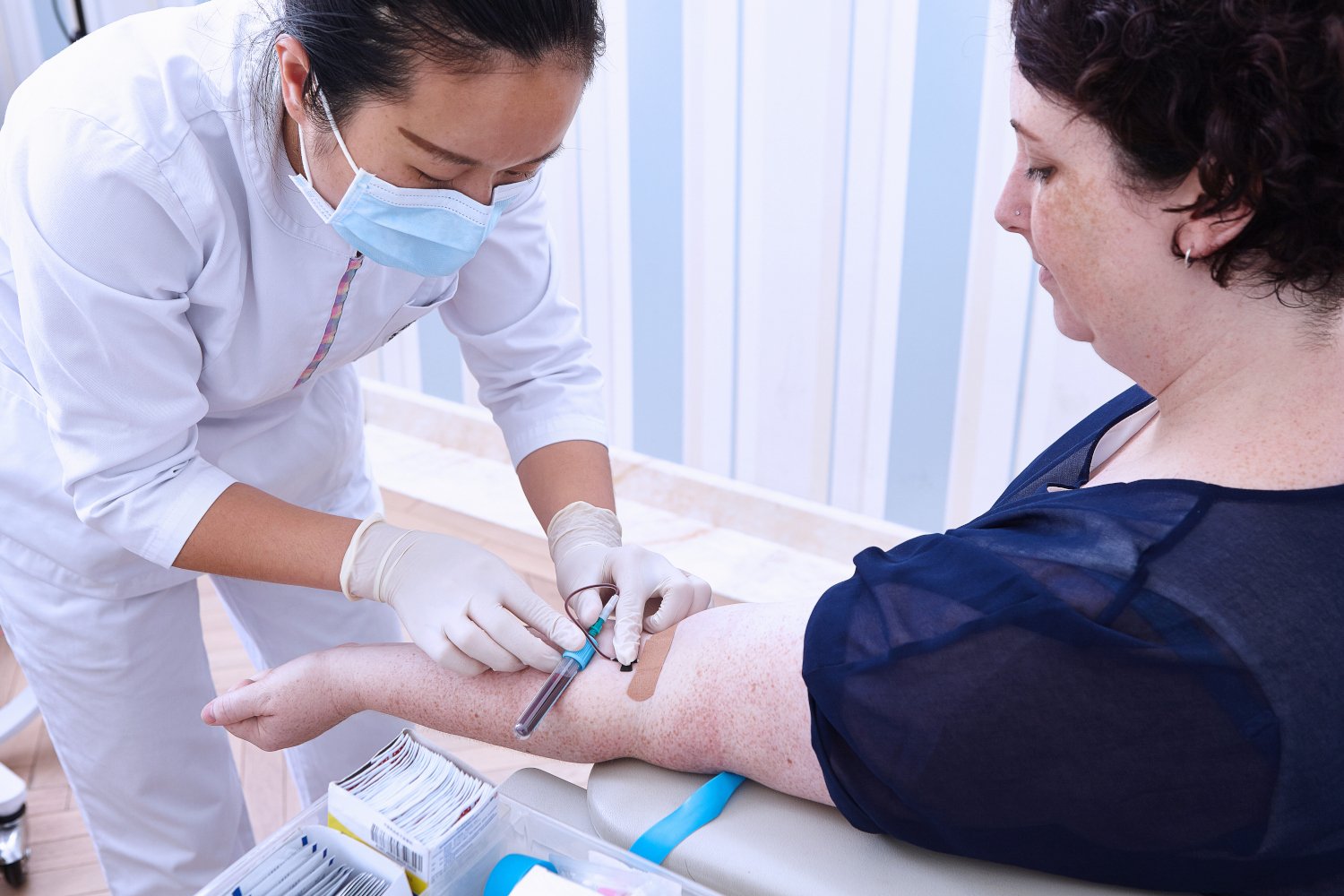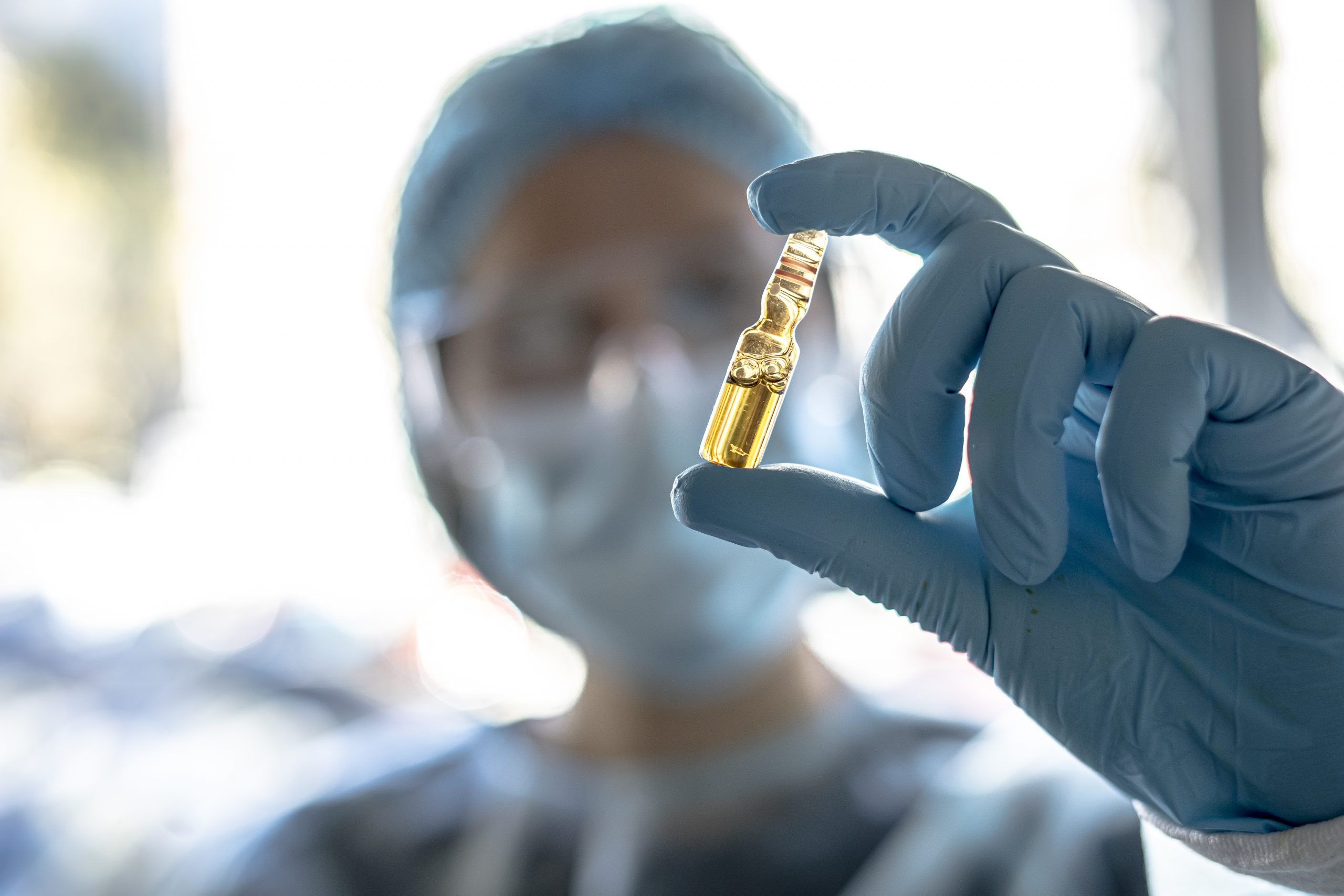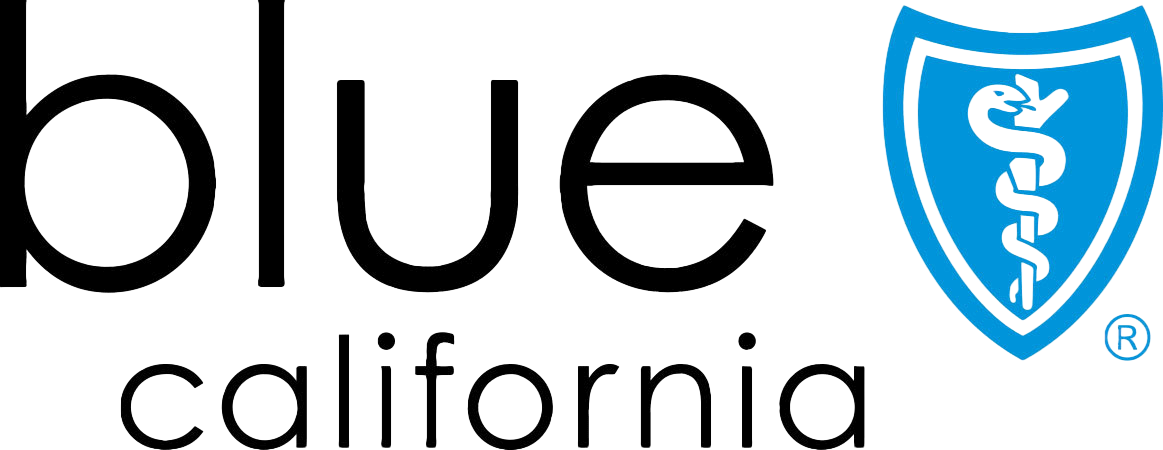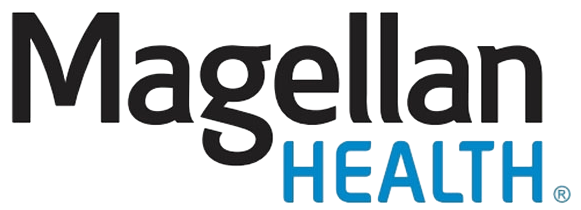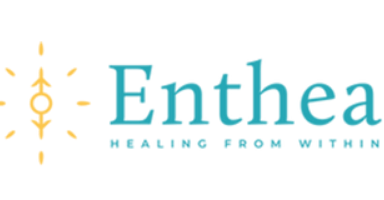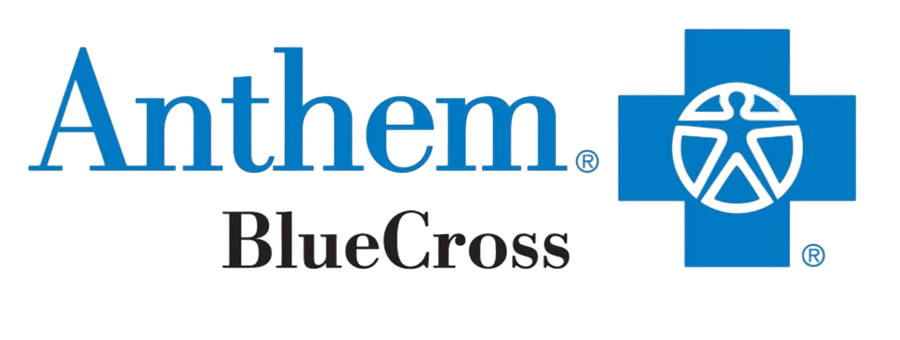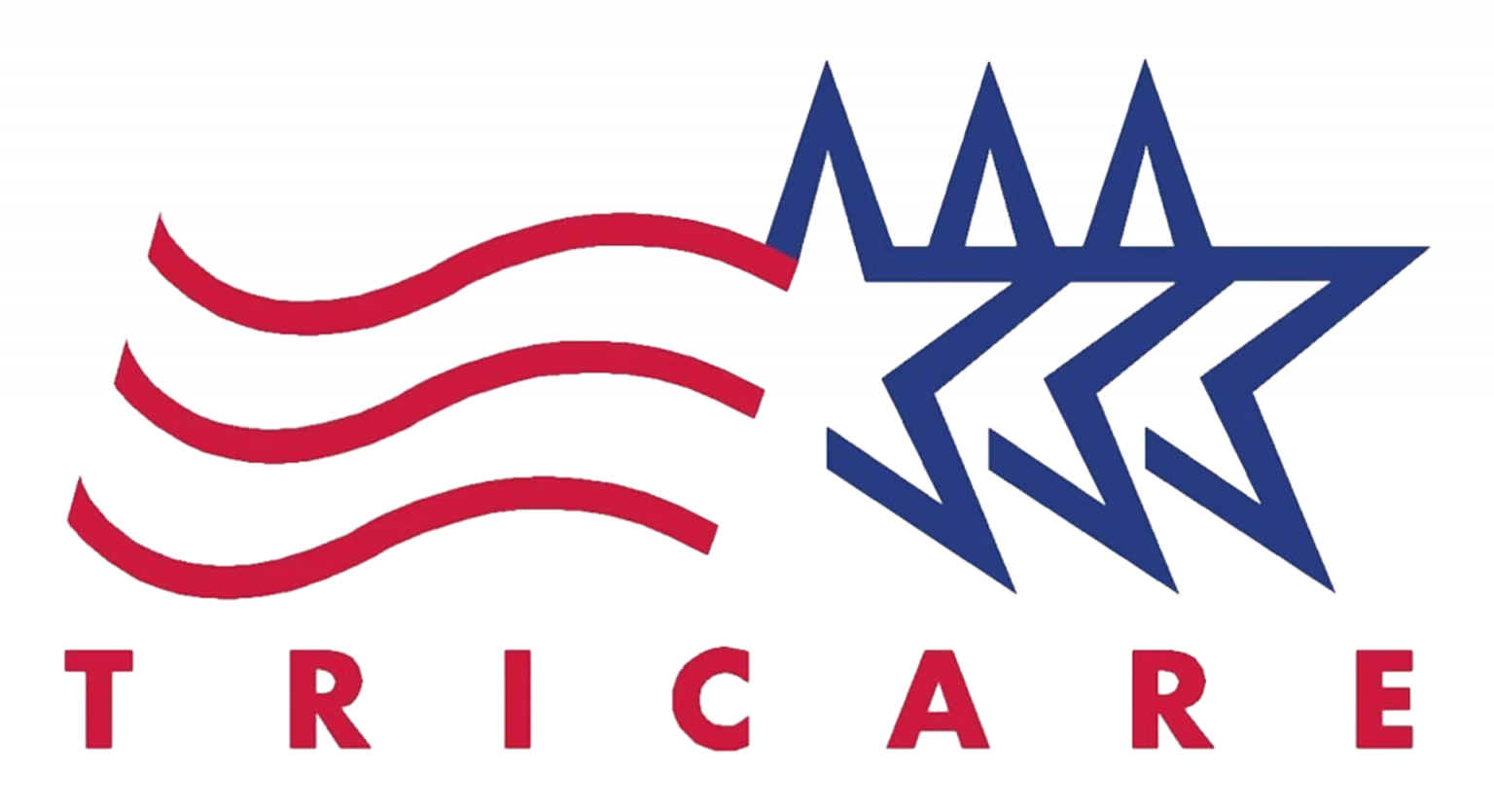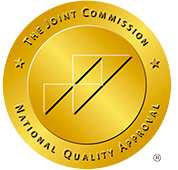Obsessive-Compulsive Disorder (OCD) is a mental health condition characterized by persistent, unwanted thoughts (obsessions) and repetitive behaviors (compulsions). These symptoms can significantly interfere with an individual’s daily activities and quality of life. Traditional treatments for OCD typically include medications such as SSRIs and cognitive-behavioral therapy, but not all patients respond well to these approaches. This has led to a growing need for alternative treatments that can provide relief to those who do not benefit from conventional methods.
How Ketamine Therapy Works for OCD
Mechanism of Action
Ketamine for OCD treatment operates differently from traditional antidepressants. It primarily influences the glutamate system, a crucial neurotransmitter responsible for sending signals between nerve cells in the brain. Unlike common medications that target serotonin or dopamine, ketamine modulates the glutamate pathways, potentially resetting some neural connections associated with OCD. This modulation helps alleviate the intense and repetitive thoughts that characterize OCD, offering a unique approach to managing the disorder. The interaction with glutamate not only disrupts the typical patterns seen in OCD but also promotes new neural pathways, enhancing brain plasticity and function.
Mood Regulation and Cognitive Function
Mood regulation and cognitive processes are significantly impacted by ketamine therapy for OCD. By adjusting how the brain processes emotional responses, ketamine can swiftly improve mood states, which are often deeply intertwined with OCD symptoms. This rapid improvement in mood helps to decrease the severity of obsessive-compulsive behaviors. Additionally, as ketamine fosters new neural connections, patients may experience enhancements in cognitive flexibility. It means they can better manage their thoughts and behaviors, reducing the rigidity that is often a hallmark of OCD.
Rapid Relief from Symptoms
One of the most compelling benefits of ketamine for OCD is its ability to provide rapid relief from symptoms. Many patients report a significant reduction in obsessive thoughts and compulsive behaviors shortly after starting their ketamine infusions. This quick response can be a major relief for patients who have struggled with prolonged distress and dysfunction due to OCD. The speed of symptom relief not only improves the quality of life but also provides a glimpse of what longer-term recovery could look like.
The Process of Ketamine Infusion Therapy
Initial Evaluation and Suitability Assessment
Before beginning ketamine OCD therapy, a thorough evaluation is essential to determine suitability. This assessment involves a detailed review of the patient’s medical history, current medications, and a psychiatric evaluation to establish the severity and history of OCD symptoms. Health professionals also assess potential risk factors that could affect the safety and efficacy of ketamine treatment. This careful screening process ensures that ketamine is a suitable option for the patient, and helps to tailor the therapy to the individual’s specific needs, maximizing the likelihood of a positive outcome.
Administration of Ketamine Infusions
The administration of ketamine infusion for OCD is a carefully controlled process. Patients receive the treatment typically lying down in a quiet room designed to promote a tranquil state of mind. The ketamine is administered intravenously under close supervision by medical professionals. Dosage is meticulously calculated based on the individual’s weight and medical condition to ensure efficacy while minimizing potential side effects. The entire session usually lasts between 40 minutes to an hour, during which the patient might experience dissociative effects, which are closely monitored by the attending professionals.
Duration and Frequency of Treatment Sessions
The duration and frequency of ketamine treatments for OCD vary based on individual response and severity of symptoms. Typically, a series of infusions is recommended — often starting with a more intensive phase of multiple sessions per week, followed by a maintenance phase with less frequent treatments. The initial phase might include six infusions over two to three weeks, providing a robust foundation for symptom improvement. Subsequent maintenance sessions are then tailored according to individual needs, to sustain the benefits of the therapy over the long term.
Monitoring and Safety During Infusion
The importance of safety measures during this therapy cannot be overstated, as it ensures the well-being and comfort of the patient throughout the process. To maintain safety and efficacy, several critical steps are implemented during each session:
- Continuous Monitoring: Throughout the ketamine infusion, patients have their vital signs like heart rate, blood pressure, and oxygen saturation continuously monitored using state-of-the-art equipment. This constant oversight allows healthcare professionals to detect any unusual changes in the patient’s physiological state promptly. The moment significant deviations from the norm are observed, an immediate medical response is initiated to manage the situation, thereby ensuring patient safety at all times.
- Environment Control: The setting in which ketamine infusion takes place is carefully controlled to support the therapeutic goals. The room’s lighting is often dimmed, and background noise is minimized to create a tranquil environment that helps reduce the patient’s anxiety and discomfort. Such an atmosphere not only aids in maximizing the therapeutic effects of ketamine but also enhances the overall patient experience by promoting a sense of calm and relaxation during the treatment.
- Communication: Effective communication between the patient and the medical staff is crucial during ketamine infusion therapy. Patients are encouraged to express any discomfort, anxiety, or unusual sensations they experience during the session. This open line of communication allows the medical team to make necessary adjustments or provide reassurance. Staff members are specifically trained to interpret patient feedback accurately and respond promptly to any signs of distress, thereby maintaining a high level of care.
- Emergency Preparedness: Every ketamine treatment center is equipped with comprehensive emergency protocols and the necessary medications to swiftly manage any adverse reactions that may occur during the infusion. This preparedness includes having a well-trained staff ready to implement emergency measures and the availability of essential medical equipment to address complications effectively. This proactive approach ensures that any potential risks are mitigated promptly, safeguarding the patient’s health.
- Post-Infusion Observation: After the completion of the ketamine infusion, there is a designated observation period during which the patient remains under close supervision to monitor for any delayed adverse effects. This precaution is vital as it ensures that the patient is stable and shows no signs of negative reactions post-treatment before being discharged. The observation period is crucial for confirming that the patient can safely leave the facility without immediate health concerns.
Ensuring the safety of patients during ketamine infusion therapy for OCD is a multifaceted endeavor that involves meticulous planning and execution. These measures are essential not only for the success of the treatment but also for the confidence and peace of mind of both the patients and their families.
Practical Aspects of Ketamine Infusion Therapy
Settings for Administration
Ketamine treatment centers and specialized clinics are the primary settings where ketamine infusions are administered. Equipped with advanced monitoring equipment and staffed by trained medical professionals, these centers ensure that patients receive high-quality care throughout their treatment. The atmosphere in these clinics is typically calm and supportive, aimed at easing anxiety and maximizing the therapeutic effects of ketamine.
Importance of Supervised Treatment
Supervised treatment is crucial when administering ketamine infusions for OCD. This supervision ensures that the therapy is delivered safely and effectively, with immediate medical attention available if any complications arise. The presence of medical professionals also provides reassurance to patients, allowing them to feel secure during the infusion process. Keeping an eye on the patient’s reaction to the treatment and adjusting the dosage or frequency as needed to maximize results requires this degree of control.
Finding Reputable Centers
Choosing a reputable ketamine infusion center is vital for ensuring effective and safe treatment. Patients should look for well-established centers, with experienced staff and a track record of success in treating OCD. It is advisable to seek centers that conduct thorough assessments before treatment and offer comprehensive follow-up care. Recommendations from healthcare providers, reviews from previous patients, and accreditation statuses are all useful indicators of a reputable center.
Cost Implications and Insurance Coverage
Understanding the financial aspects of OCD treatment with ketamine is crucial for patients considering this treatment option. Here is a comprehensive breakdown of the typical costs involved and the potential for insurance coverage:
- Treatment Cost: The cost for each ketamine infusion session can vary significantly based on several factors, including geographical location, the reputation and facilities of the treatment center, and the specific medical needs of the patient. Typically, each session can cost anywhere from $400 to $800. This variation is due to the specialized nature of the treatment and the professional oversight required during each session, which often involves advanced monitoring equipment and highly trained medical personnel.
- Frequency of Treatment: Initially, ketamine therapy requires multiple sessions over a short period, often within a few weeks. This intensive phase is critical as it aims to establish a therapeutic level of the drug in the patient’s system, which can help to rapidly alleviate the symptoms of OCD. The requirement for multiple sessions in quick succession can substantially increase the overall cost of the initial treatment phase, making it a significant financial consideration for patients.
- Maintenance Costs: After the initial series of treatments, patients usually need ongoing maintenance sessions to preserve the ketamine therapy benefits for OCD. These sessions might be less frequent, occurring monthly or bimonthly, but they are necessary to sustain the improvements in OCD symptoms.
- Insurance Coverage: Despite its potential benefits, most insurance providers do not cover ketamine infusions for OCD as it is still classified as an off-label treatment. This lack of coverage can make it financially challenging for patients to access this therapy. However, some aspects of the treatment, like psychiatric evaluations or other supportive care, may be partially covered by insurance, which can provide some financial relief.
- Out-of-Pocket Expenses: Given the limited insurance coverage, many patients must pay a considerable amount out-of-pocket to access ketamine therapy. This situation often necessitates discussions with the treatment facility about possible payment plans, financial assistance programs, or other means to manage the costs. Being upfront about budget constraints can help patients negotiate payment terms that might make the treatment more affordable.
While ketamine therapy for OCD presents a promising treatment alternative, the associated costs, and limited insurance coverage can pose significant financial challenges. Patients need to thoroughly assess their financial situation and explore all available options for managing expenses before commencing treatment.
Addressing Safety and Potential Side Effects
Common Side Effects
Commonly reported side effects include dissociation (feeling detached from reality), mild hallucinations, dizziness, nausea, and an increase in blood pressure during the infusion. These effects are typically transient and resolve shortly after the session ends. Treatment centers are equipped to manage these symptoms effectively, often using adjunct medications to reduce discomfort and monitoring patients closely to ensure any side effects are promptly addressed.
Balancing Benefits and Risks
For many patients, the rapid alleviation of OCD symptoms can significantly improve their quality of life, outweighing the temporary and manageable side effects. Medical professionals involved in ketamine therapy are skilled in navigating these trade-offs, tailoring treatment plans to minimize risks while maximizing therapeutic outcomes. Patients are encouraged to openly discuss their concerns and expectations with their healthcare provider, ensuring a fully informed choice about their treatment options.
Broader Therapeutic Potential of Ketamine
Versatility of Ketamine as a Treatment Option
Ketamine’s versatility as a treatment option makes it a valuable addition to the mental health treatment arsenal. Its ability to act quickly and via mechanisms different from traditional medications offers hope to patients with complex, co-morbid conditions who have not responded to other treatments. The flexibility of dosing and administration methods—from infusions to nasal sprays—allows for tailored treatments to meet individual patient needs, further enhancing its utility and application in a clinical setting.
Emerging Trends and Innovations
Advances in pharmacological research have led to the development of new ketamine-related compounds with potentially fewer side effects and longer-lasting benefits. Additionally, telemedicine and remote monitoring technologies are beginning to be integrated into ketamine therapy, facilitating broader access and adherence to treatment protocols, particularly in underserved or remote areas.
Integrating Ketamine Therapy with Other Treatments
Cognitive-behavioral Therapy (CBT)
CBT focuses on changing the patient’s thought patterns and behaviors, addressing the psychological components of OCD. When used in conjunction with ketamine, which primarily addresses the biochemical factors, the combined approach can lead to more comprehensive symptom management. Patients often find that the rapid symptom relief from ketamine provides a better mental state for engaging in CBT, making therapy sessions more effective.
Exposure and Response Prevention (ERP)
This is another therapeutic technique that can be effectively paired with ketamine treatment for OCD. ERP involves exposure to the source of anxiety or obsession, followed by the prevention of the usual compulsive response, helping patients gradually learn to tolerate anxiety and reduce compulsive behaviors. Ketamine’s quick reduction of anxiety symptoms can make it easier for patients to confront their fears without the overwhelming emotional response that typically accompanies exposure exercises.
Holistic Treatment Approach
Adopting a holistic treatment approach is essential when addressing complex disorders like OCD. Incorporating various therapeutic modalities, such as psychotherapy and lifestyle changes, can provide a more robust and enduring recovery. Tailoring this integrative approach to each patient’s specific needs is crucial for achieving the best outcomes.
Considering the promising results and ongoing developments in ketamine research, those affected by OCD should consider this treatment option, especially if traditional therapies have failed to provide relief. It is important to approach this therapy with a well-rounded perspective, integrating it with other treatments and lifestyle changes to maximize its effectiveness. With the right support and a comprehensive treatment plan, ketamine OCD treatment offers a promising path toward recovery and an improved quality of life.






